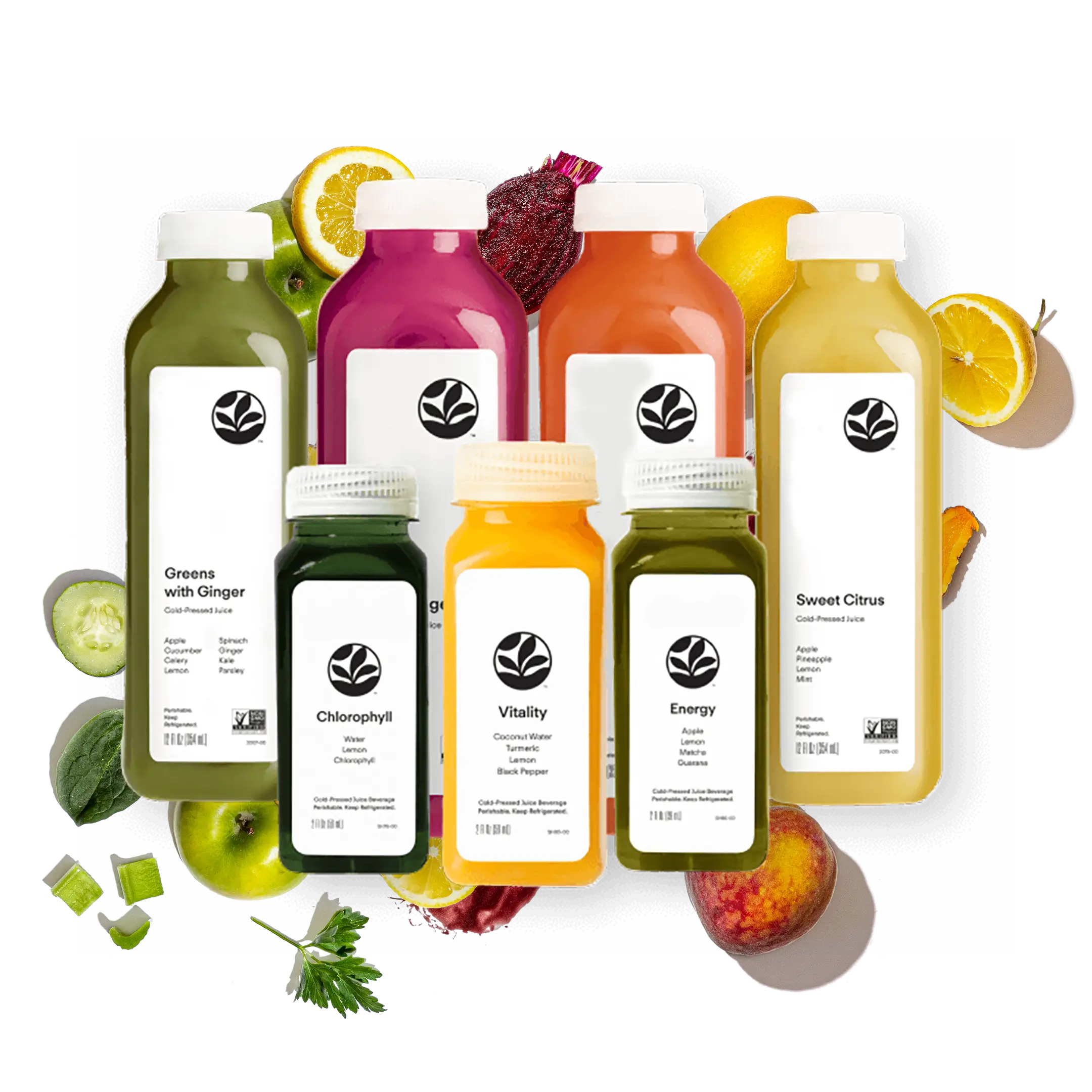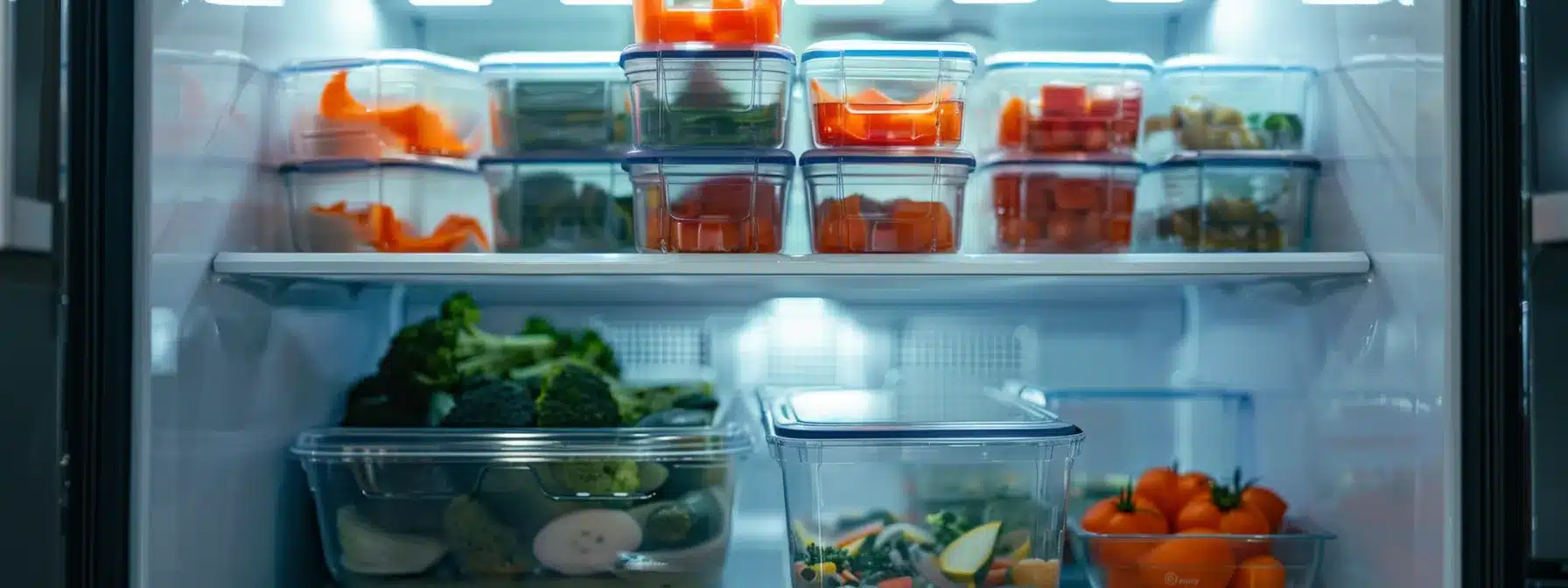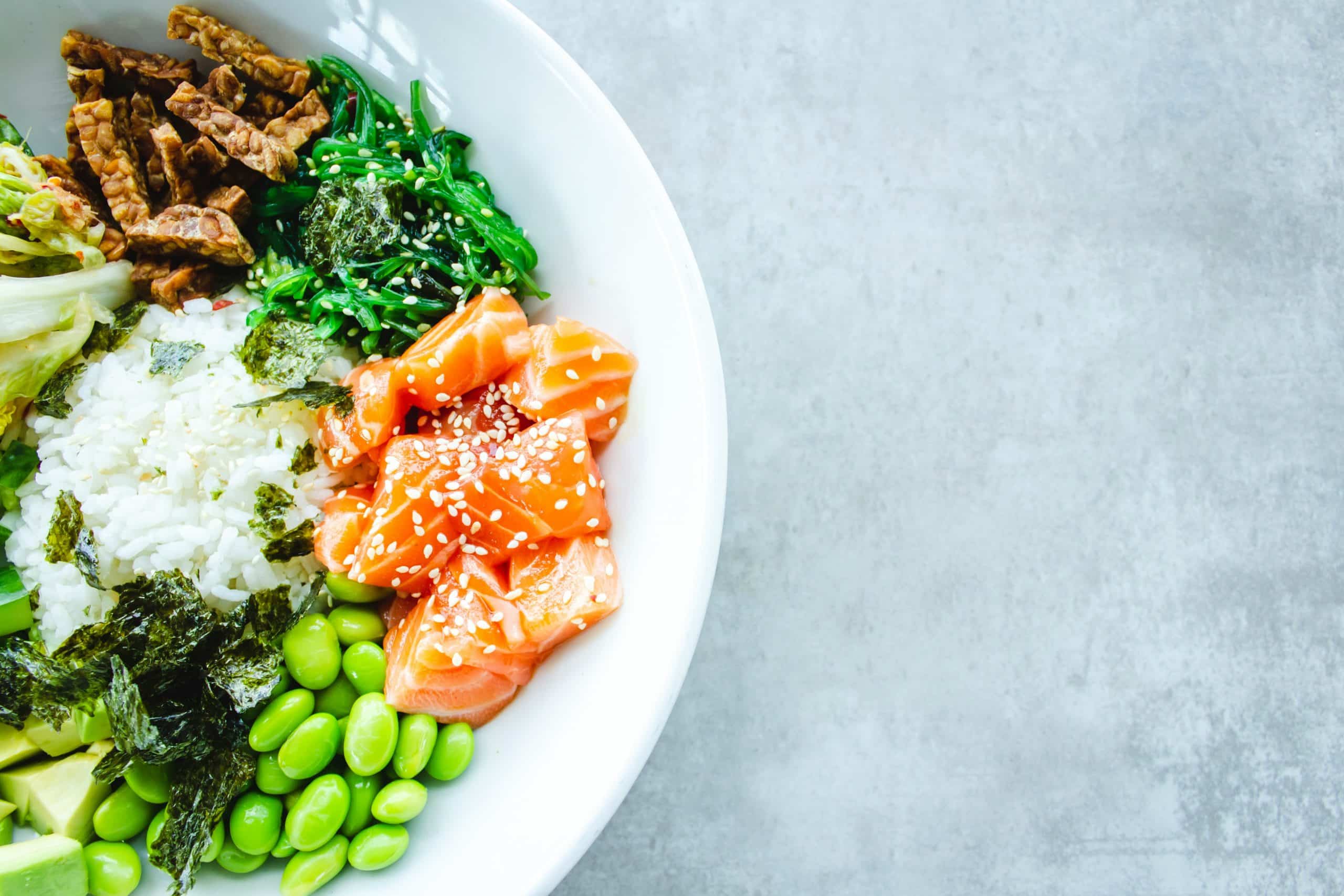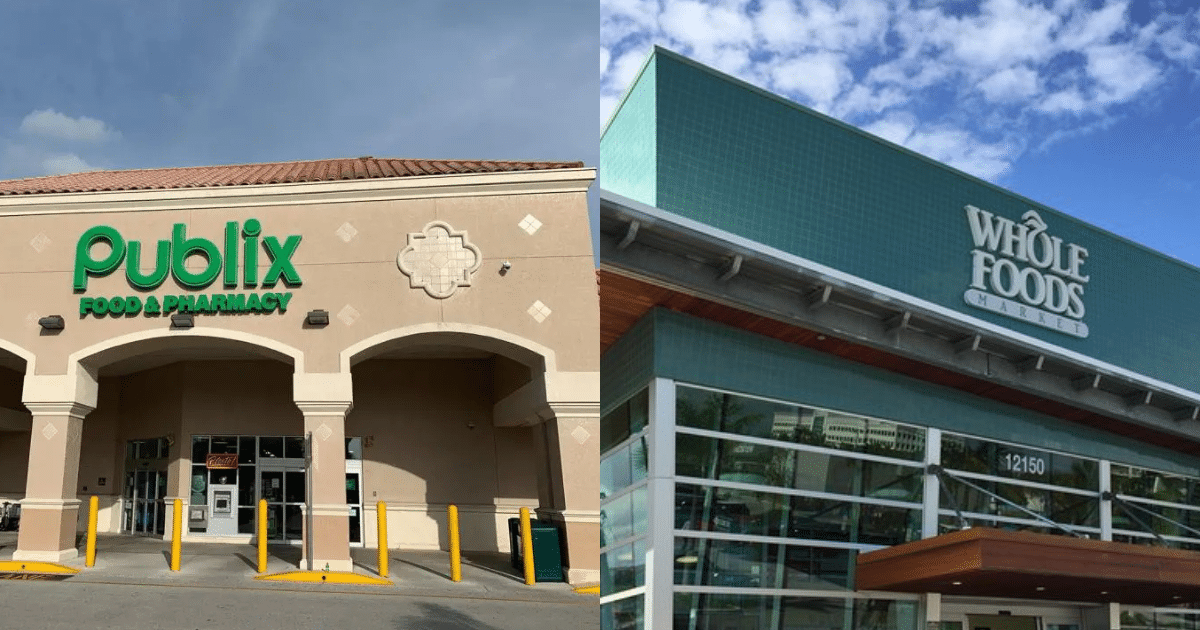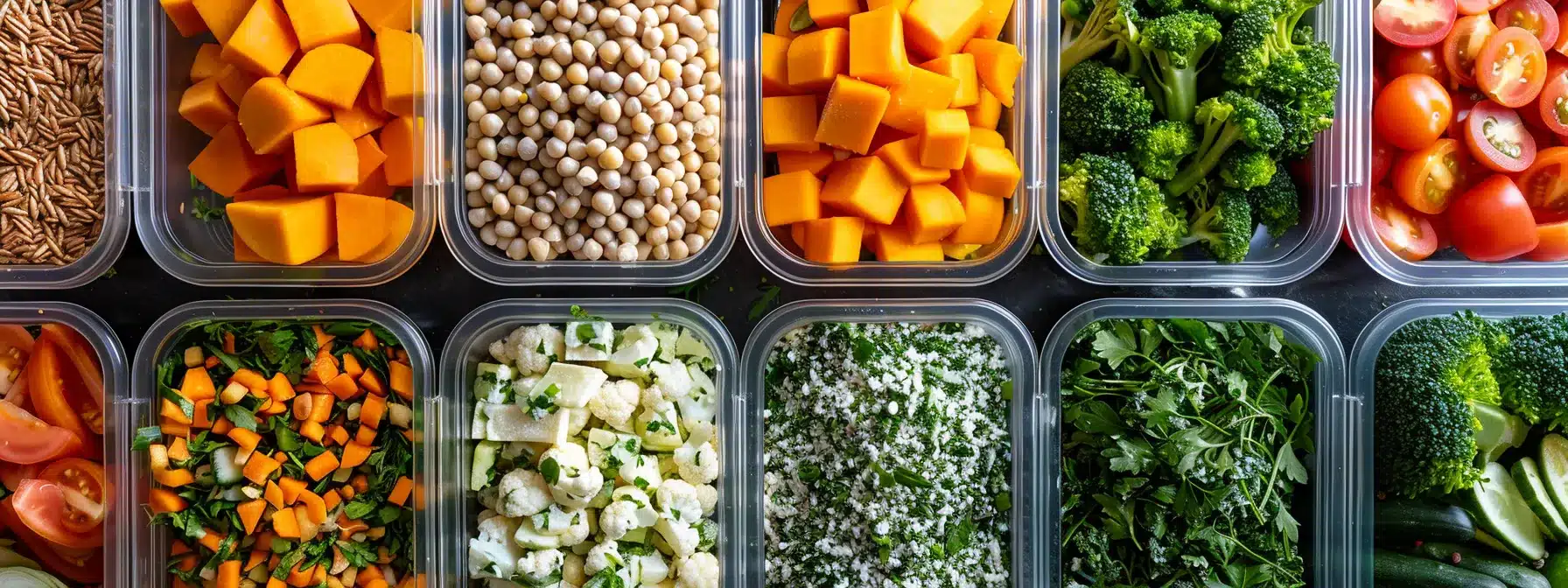If you think eating vegetarian on a tight budget is out of reach, think again. With this guide to budget-friendly vegetarian meal prep, you’ll learn the secrets to planning and preparing mouth-watering meals that are kind to your wallet and your waistline. Discover smart shopping tips and how a simple tablespoon of sesame can transform a dish. We’ll dive into recipes like a creamy potato salad and a hearty muesli that make frugal dining delightful. By the end of this guide, you’ll be equipped to tackle the week with meals that are affordable, nutritious, and incredibly tasty, all while addressing the challenge of maintaining variety and flavor on a budget.
Understanding Budget-Friendly Vegetarian Meal Prep
Embarking on vegetarian meal prep can be a cost-effective way to enjoy delicious, nutritious dishes without straining your wallet. With strategic planning, sauce-based delicacies, cheese-laden comforts, zesty lemon-infused creations, hearty fried rice meals, and fresh parsley garnishes become not only affordable but also a staple in your weekly diet. Dispel the myth that vegetarian eating is expensive as we dive into practical tips for crafting meals that are both kind to your budget and your taste buds.
Learn How Meal Prepping Saves Money
Planning and preparing your meals in advance can significantly reduce your grocery bill, especially when incorporating cost-effective ingredients typical in vegetarian cuisine. For instance, bulk-buying essentials like onions, which add depth and umami to dishes, and staples like bread for homemade croutons, allows one to minimize food waste and spend less. By using an Instant Pot, cooking beans or lentils—an affordable source of protein—becomes both time-efficient and energy-saving, further slashing your food expenses.
Moreover, meal prepping invites the opportunity to experiment with flavors without breaking the bank. Adding a sprinkle of feta to a simple salad can transform it, creating a satisfying meal with minimal cost. Creatively using leftovers, such as repurposing last night’s sautéed onions into a savory bread topping, ensures every ingredient serves multiple purposes. These mindful practices ensure that budget-friendly vegetarian meal prep is not only possible but also a delightful venture into resourceful cooking.
Embrace a Vegetarian Diet Without Breaking the Bank
Adopting a vegetarian diet can be a wallet-friendly endeavor, especially when dishes like homemade bean salad and vegetable tacos become part of your regular menu. A teaspoon of spice can elevate simple ingredients and create a feast for the senses without the need for expensive cuts of meat. Switching to plant-based proteins such as legumes and seasonal vegetables is not only sustainable but remarkably cost-efficient, allowing the consumer to enjoy a wealth of flavors while maintaining a budget.
Furthermore, incorporating alternatives like almond or soy milk instead of dairy can lead to both health and financial benefits. Creating a rich, creamy sauce for pasta using these milk substitutes can be as simple and cost-effective as using traditional cow’s milk, proving that a vegetarian diet does not require costly specialty items. With smart shopping and an eye for deals, individuals can embrace a nutritionally rich vegetarian lifestyle that aligns with their financial goals and delivers on flavor and variety.
Overcome Myths About the Cost of Vegetarian Eating
One common misconception about vegetarian diets is the supposed high cost associated with their ingredients. Yet, with mindful purchasing and preparation, flavorful and nutritious meals can be made without the premium price tag. Swapping out expensive items for bulk-purchased staples like orzo, a versatile pasta, provides a solid base for a variety of dishes. Adding homemade vegetable stock, a dash of heat from a well-chosen spice, or a splash of soy sauce can amplify the taste profile while keeping costs down.
Many people don’t realize that vegetarian cooking not only saves money but can also introduce a greater variety of flavors into their diet. By mastering simple cooking techniques, like juicing fresh fruits for a tangy dressing or simmering grains to soak up savory flavors, vegetarians can enjoy gourmet-level meals on a budget. This emphasizes the reality that with a bit of creativity and an understanding of how to use ingredients like juice and spices to their full potential, eating a cost-effective vegetarian diet is well within reach.
Planning Affordable Vegetarian Meals Effectively
Embarking on the journey of affordable vegetarian meal prep begins with a well-strategized plan. Creating a Weekly Meal Plan on a Budget lays the groundwork for cost-effective eating, while Building a Shopping List to Avoid Overspending keeps your wallet in check. Emphasizing Cost Savings through Seasonal Produce and weaving in Affordable Pantry Staples like beans, grains, and spinach, turn your frying pan and sheet pan into tools for thrifty but delightful cooking. The upcoming sections will guide you through these crucial steps, offering valuable insights to maximize variety and savings in your vegetarian diet.
Create a Weekly Meal Plan on a Budget
Creating a weekly meal plan on a budget starts with choosing affordable staples that offer nutritional value and versatility. Sweet potato, a cost-effective and nutritious root vegetable, can serve as the centerpiece for various meals—think stuffed sweet potatoes for dinner, then repurposing the leftovers for a spicy hash the next morning. By planning dishes around such adaptable ingredients and complementing them with inexpensive grains like brown rice, savvy cooks can whip up a week’s worth of tasty vegetarian meals without overspending.
Seasoning is another essential factor in budget meal planning; a sprinkle of salt or a squeeze of lime can elevate the simplest dishes to flavorful heights. For instance, a simple bowl of brown rice can be transformed into a vibrant meal with the addition of lime zest and a pinch of salt. Keeping these inexpensive yet impactful condiments on hand ensures every meal is satisfying, demonstrating how a little creativity with seasonings can make vegetarian meal prep both budget-friendly and delicious.
Build a Shopping List to Avoid Overspending
To prevent overspending, building a shopping list is indispensable in vegetarian meal prep. Incorporating economical and nutrient-rich items like lettuce, which can be used both as a base in salads and as a wrap for snacks, ensures versatility in your meal planning. Strategically including items like coconut milk can enrich a variety of dishes, from creamy curries to rich desserts, without the need for multiple specialized ingredients.
When crafting a grocery list, consider using coriander, a cost-effective herb that adds a burst of flavor to any dish. By noting down necessities for the week, mindful shoppers can avoid impulse purchases and ensure that each ingredient, like coriander, serves multiple culinary purposes. This practice underscores the importance of a thought-out list not only to manage finances but to underpin a diverse and enjoyable vegetarian diet.
Use Seasonal Produce for Cost Savings
Utilizing seasonal produce is a practice that not only supports local agriculture but also markedly reduces the cost of meal prepping. For example, crafting a hearty curry with root vegetables during the fall or whipping up a light zucchini noodle dish in the summer can harness the peak flavors of in-season produce. The cost savings are tangible when tomatoes are abundant and cheap, making it the perfect time to prepare large batches of homemade tomato sauce stored for future use.
Another technique that results in both savings and flavor is turning to seasonal fruits for affordable sweet treats and garnishes. A ripe banana can become the star of a breakfast smoothie or sweeten a slow cooker oatmeal, eliminating the need for artificial sweeteners. These practices are critical for anyone aiming to maintain a cost-effective vegetarian diet while enjoying a diverse array of fresh, nutritious meals throughout the year.
Incorporate Affordable Pantry Staples
A well-stocked pantry sets the foundation for a sustainable vegetarian meal plan that keeps calories in check without sacrificing flavor. Rice, a versatile and low-calorie staple, offers the perfect canvas for a variety of dishes, from a comforting peanut and fennel risotto to a simple side flavored with a dollop of savory peanut butter. By keeping such items readily available, vegetarians ensure nutritious and filling meals that can be prepared without fuss or a hefty price tag.
The beauty of pantry staples like rice and peanut butter lies in their ability to pair with seasonal vegetables and legumes to create complete, balanced meals. Peanut butter adds a rich, creamy texture to sauces and dressings, offering a satisfying contrast to the crispness of fresh vegetables. Additionally, the subtle aniseed notes of fennel make it an unexpected but delightful aromatic heart-healthy companion to rice-based dishes. These staples enable the creation of meals that are not only budget-friendly but also cater to nutritional goals and gastronomic pleasures.
Smart Grocery Shopping Tips for Vegetarians
Smart grocery shopping is pivotal for mastering budget-friendly vegetarian meal prep. In this guide, we will focus on tips that make economics in the kitchen simple. Buying essentials such as oat, butternut squash, flour, and tahini in bulk can significantly cut costs. Choosing generic brands offers similar quality for less money. Keeping a keen eye on sales and discounts ensures you stock up on key ingredients at reduced prices. By adopting strategies to reduce food waste, you can stretch your budget further and get the most out of every item in your pantry. Each of the upcoming topics will delve into these aspects, providing clear strategies to make vegetarian meal planning as cost-effective as possible.
Buy in Bulk to Lower Expenses
Buying in bulk is a smart strategy for vegetarians looking to stick to a budget. Items like parchment paper, often used in baking and roasting various vegetables like kale and broccoli to perfect tenderness, are typically more cost-effective when purchased in larger quantities. Consider stocking up on these essentials during sales to maximize savings, and store them properly to extend their shelf life, ensuring that you’re equipped to prepare your favorite vegetarian dishes without frequent shopping trips.
Moreover, bulk purchases aren’t limited to dry goods; perishables like yogurt provide an excellent example of smart budgeting. Vegetarians can buy large containers of yogurt and use them in multiple ways – as a breakfast staple, a creamy base for dressings, or in baking. This approach is not only economical but also minimizes packaging waste. Pairing bulk-bought yogurt with a hearty kale salad or a savory broccoli stir-fry allows for nutritious, cost-efficient meal prepping that benefits both your wallet and the environment.
Opt for Generic Brands to Save Money
Choosing generic brands for pantry essentials such as olive oil and lentils can be a game-changer for the cost-conscious meal planner. These staples, foundational for flavorful dishes like lentil soup or a zesty zucchini sauté, offer the same quality and nutritional value without the premium price attached to brand names. This strategy allows vegetarians to maintain a varied diet rich in essential nutrients while keeping expenses low.
For those who adore snacking on cherry tomatoes or adding a drizzle of olive oil to salads, opting for store brands can yield substantial savings without compromising taste or quality. Incorporating these more affordable options into your meal prep, whether it’s for a tangy cherry tomato salsa or hearty lentil soup, empowers vegetarians to cook a diverse range of dishes that are both kind to the wallet and delightful to the palate.
Take Advantage of Sales and Discounts
Keeping a watchful eye on sales and discounts can lead to serious savings for vegetarians keen on preparing budget-friendly meals. By procuring items like carrots and other nutrient-dense vegetables at reduced prices, one can concoct a savory stew or a vibrant carrot salad without undue financial burden. It’s essential to plan your shopping around these deals, tailoring your meal prep to incorporate discounted fruits and vegetables, ensuring both health and economy are prioritized.
Actively subscribing to store newsletters and using apps to track discounts can unlock further savings on food purchases. When favorites like apples or spinach are on sale, stock up and preserve them through methods like freezing or canning to enjoy their goodness throughout the year. This strategic approach allows vegetarians to indulge in a diverse range of fruits and vegetables, making nutrient-rich foods like a heartwarming stew or a refreshing fruit salad more accessible within their budget.
Reduce Food Waste to Stretch Your Budget
Minimizing food waste is not only environmentally responsible, but it’s also a strategic way to stretch your budget while creating satisfying vegetarian meals. Repurposing celery ends and leaves into a flavorful base for soups or stews is a prime example of using the entirety of your produce. Even grains like couscous can have extended life if stored correctly; leftover couscous can be revitalized into a fresh salad or a stuffing for roasted vegetables, ensuring that no food—and no money—is wasted.
Another way to economize is by utilizing all parts of ingredients when cooking; for instance, using the ‘fat’ from cooking down vegetables as a base for a savory mustard sauce, which can be drizzled over spaghetti, creating a gourmet experience without added cost. By being mindful of using every part of ingredients like mustard seeds and making conscious decisions to store leftovers properly, such as sealing extra spaghetti in airtight containers, vegetarians can maximize the value of their groceries and enjoy delectable meals on a budget.
Easy and Inexpensive Vegetarian Meal Prep Recipes
Diving into the realm of budget-friendly vegetarian meal prep, this section will introduce you to a variety of easy and cost-effective recipes that cater to your diet and busy lifestyle. Learn to whisk together simple one-pot vegetarian meals, rich in flavor and convenience. Discover how to prepare high-protein dishes using affordable ingredients like tempeh, without compromising nutrition. We’ll also cover the art of batch cooking meals tailored for refrigeration or freezing, guaranteeing you always have something delectable on hand. Finally, explore how to assemble quick snacks and lunches, utilizing budget-friendly staples such as cucumber, ensuring your breakfast and midday meals are both satisfying and easy on the wallet.
Cook Simple One-Pot Vegetarian Meals
One-pot meals are the cornerstone of efficient vegetarian meal prep, offering a symphony of flavors with minimal cleanup. A lentil stew, for instance, can be easily crafted by simmering lentils with diced yellow onions, herbs, and a selection of veggies picked up from your local grocery store. This simple approach not only promises a warm, comforting meal but also ensures that you get the most out of your ingredients and time.
Consider the versatility of pasta, a grocery store staple, when planning your next one-pot creation. Tossing pasta into a pot with sautéed yellow onions, vibrant vegetables, and a splash of olive oil can result in a delectable dish that feels indulgent without the indulgent price. It’s this kind of resourceful cooking that can turn a weekday dinner into a delightful, cookie-cutter, budget-friendly success.
Prepare High-Protein Dishes Affordably
Effortlessly combining nutrition and affordability, a hearty pumpkin soup emerges as a staple in budget-friendly vegetarian meal prep. Rich in protein and velvety in texture, blending pumpkin with beans or a scoop of quinoa can elevate the humble soup to a satisfying meal that’s both nutritious and comforting. Paired with a warm pita on the side, this delectable dish is a testament to the ease and affordability of packing protein into vegetarian cuisine.
Versatility is key when preparing high-protein meals without stretching the purse strings. Wrap quinoa mixed with black beans, rice, and chopped cabbage in a burrito for a fusion of taste and nutrition. This approach not only secures your protein intake but also repurposes simple ingredients into a delightful meal, showcasing how strategic ingredient combinations can yield delicious and cost-conscious vegetarian dishes.
Batch Cook Meals for Freezing
Batch cooking yields immense benefits for the economical kitchen, offering a savvy way to prepare for the week ahead with dishes like a zesty pasta salad or a hearty chili pepper-infused Brussels sprout casserole. By investing a few hours on a weekend to prepare large quantities, these meals can be portioned and frozen, ready to be thawed for a fuss-free dinner. Such practices not only save time but also capitalize on bulk purchasing, allowing for more variety in your meals without additional spend.
In the realm of meal prepping, the freezer is a vegetarian’s ally, serving as a time capsule for preserving the freshness of ingredient-driven dishes like a tangy pasta salad. The labor of love that goes into roasting Brussels sprouts or simmering a vegetable chili pepper stew pays off when the fragrances of a previously prepared dinner waft through the kitchen after a simple reheat. This strategic approach to meal prep ensures that even on the busiest days, a nutritious, home-cooked meal is only minutes away.
Make Quick Snacks and Lunches on a Budget
Mastering the design of quick snacks and lunches on a budget is crucial for maintaining a healthy vegetarian lifestyle without overextending your finances. A nutritious butter-enriched hummus spread atop whole-grain crackers provides a satisfying pick-me-up, while green spinach tortellini, filled with creamy ricotta, strikes a perfect balance as a delightful, frugal lunch option. These examples showcase how combining proteins and vitamins into quick meals can be economical, nourishing, and time-efficient.
For a refreshing boost any time of day, a homemade smoothie, packed with seasonal fruits, leafy greens, and a splash of almond butter, offers a high-vitamin snack that’s both cost-effective and energy-lifting. Preparing a bulk batch of these smoothies can streamline your meal prep process, ensuring that you have a readily available source of nutrition. Such strategic meal planning allows you to enjoy the richness of flavors and health benefits with minimal strain on your budget.
Efficient Meal Prep Techniques for Busy Individuals
In this section, we delve into effective meal prep techniques that save time and keep your vegetarian dishes fresh and flavorful. Learn to prep ingredients like cayenne pepper and black pepper ahead of time, leverage time-saving kitchen tools for quicker baking, ensure your meals retain their zest with proper storage—especially that tomato-based sauce—and master the art of safely reheating dishes in the oven. These strategies are designed to help busy individuals maintain a nutritious diet without spending hours in the kitchen every day.
Prep Ingredients Ahead of Time
Utilizing a food processor to prepare ingredients can transform time-intensive meal prep into a breeze, particularly for complex dishes like a hearty chickpea salad. With this handy tool, seeds and nuts can be ground swiftly, and fresh veggies can be chopped uniformly, ready to toss into a zesty salsa or flavorful oatmeal topping. This proactive approach not only saves valuable time but also enhances the overall taste and quality of your vegetarian meals.
Accommodating a tight schedule becomes more manageable when meal components such as sauces and dressings are prepared ahead of time. Imagine the ease of assembling a nutritious chickpea salad when the base ingredients have already been processed and stored, or the convenience of having a homemade salsa ready to enhance your next meal. Strategic pre-preparation like this allows busy vegetarians to enjoy wholesome meals without compromising on their dietary preferences or personal time.
Utilize Time-Saving Kitchen Tools
Investing in a potato ricer or food mill can expedite the process of making homemade gnocchi, an affordable and filling staple for vegetarian meal prep. These tools not only save time by efficiently processing the boiled potatoes to the perfect consistency for gnocchi but also ensure a uniform texture that will hold the flavor of your favorite sauces, elevating the overall taste profile of the dish.
Busy vegetarians can also benefit from utilizing blenders to quickly turn rolled oats into a fine flour, an excellent base for pancakes or a thickener for soups and stews. Unlike purchasing pre-ground oat flour, this method is cost-effective and allows for control over the starch content, ensuring meals are not only delicious but also tailored to dietary requirements and preferences.
Store Meals Properly for Freshness
Storing meals properly is crucial for maintaining the freshness and flavor of your budget-friendly vegetarian meal prep. When packing a chickpea stew or a vibrant veggie bowl, a light drizzle of oil can help preserve moisture and prevent ingredients from drying out. Ensuring that your containers are airtight is also key, as it keeps out moisture and unwanted flavors, thus extending the shelf life of your nutritious creations.
Moreover, the correct storage technique can enhance the taste of meals seasoned with pepper and other spices. For instance, placing a bowl of marinated chickpea salad in the coldest part of the refrigerator can keep it crisp and flavorsome. Adopting these simple yet effective methods will ensure that every bite of your budget-friendly vegetarian meal prep remains as delectable and fresh as when it was first prepared.
Reheat Meals Safely and Effectively
Reheating meals effectively not only maximizes the flavors within your prepped dishes like quinoa casseroles but also ensures food safety. An important tip for busy individuals is to reheat foods to an internal temperature of 165°F, which is essential when warming up protein-rich foods like tofu. Utilizing the oven or a stove can provide even heat distribution, ensuring your quinoa remains fluffed and your tofu perfectly warmed throughout, as opposed to the microwave where hotspots can occur.
For those incorporating meal prep into their busy lifestyles, efficient reheating methods can transform the experience of enjoying prepped food like apple-infused oatmeal or savory toast topping. The trick lies in avoiding overcooking; gentle reheating in a pan or toaster can revive the zest in an apple oatmeal breakfast and keep the integrity of the whole grains on your toast. Adopting these cooking practices means swift, safe, and flavor-saving meal preparations are always within reach, even on the most hectic days.
Enhancing Flavor Without Increasing Costs
Equipping your kitchen arsenal with aromatic herbs and spices, the creativity to whip up homemade sauces, and varied cooking methods empowers you to enhance flavors without elevating costs. A dash of basil can transform a bell pepper into a sublime side dish, while a slather of homemade pesto can take mozzarella to new heights. With the right avocado dressing, even a simple cookbook recipe ascends into a crowd-pleaser. The art of ingeniously combining ingredients opens a landscape of gastronomic possibilities that align with your budget. Each subsequent topic unpacks these taste-boosting techniques for the thrifty vegetarian cook.
Use Herbs and Spices to Boost Taste
Enriching the flavor profile of vegetarian dishes like pizza and soup can be achieved effortlessly with the inclusion of herbs and spices. A sprinkle of oregano on a homemade cauliflower pizza base can bring an Italian flair that ignites the taste buds, while a pinch of cinnamon adds warmth and depth to a butternut squash soup, proving that sophisticated flavors don’t require an extravagant budget.
One should not underestimate the transformative power of spices in vegetarian meal prep; the creamy texture of hummus is significantly elevated by the addition of smoky paprika, and a savory vegetable pie becomes delectable with thyme and rosemary mingling in the filling. These simple additions cater to both the palate and the pocket, demonstrating how strategic use of spices and herbs amplifies the enjoyment of every meal without adding to the cost.
Create Homemade Sauces and Dressings
Creating homemade sauces and dressings is a smart move for those on a vegetarian meal prep journey, as it offers endless flavor possibilities while keeping costs low. A basic recipe using olive oil, garlic, and a dash of cumin can yield a rich, versatile dressing that boosts the appeal of any salad. This approach not just adds a personal touch to meals but also circumvents the extra expense and often less healthy options available at stores.
Moreover, the control one has over ingredients when making sauces and dressings at home cannot be overstated. By selecting high-quality olive oil and fresh garlic, and adjusting the level of cumin according to personal preference, one can ensure their salad is not only cost-effective but also tailored to their taste buds. This kind of customization enhances the dining experience, turning a simple vegetarian dish into a gourmet meal without the gourmet price tag.
Experiment With Various Cooking Methods
Exploring different cooking methods can significantly boost the flavor in vegetarian meals without inflating the grocery bill. Roasting pumpkin, for instance, concentrates its natural sugars and maximizes its rich dietary fiber and protein content, proving that a well-stocked pantry can lead to nutritious and flavorful lunch options. By experimenting with techniques like grilling, steaming, or slow-cooking, home cooks can unlock new taste dimensions in familiar ingredients, enriching the vegetarian diet with hearty and satisfying dishes.
Employing a variety of cooking methods also allows for creativity in meal prep, offering a way to revitalize pantry staples. A simple pan-sear can turn tofu, a protein-rich favorite, into a crispy delight perfect for layering flavors in salads or sandwiches. Cooking with diversity not only promotes a nutritious diet full of dietary fiber and essential proteins but also ensures every lunch is an anticipated and cost-effective culinary experience.
Combine Ingredients Inventively
Mastering the art of culinary creativity, savvy vegetarians are grilling thick slices of polenta, layering them with a vibrant pea puree, and a sprinkle of grilled vegetables for a smoky touch. Such inventive combinations make for a luxurious meal experience, demonstrating how basic ingredients can ascend to gourmet levels, enhancing the diet without straining the budget.
An economical yet sumptuous smoky flavor can be achieved by grilling budget-friendly staples such as firm tofu or fresh peas, adding a new dimension to traditional vegetarian fare. When peas are char-grilled and paired with robust spices, they transcend their humble origins, providing an affordable way to infuse novelty into routine meals and excite the palate.
Conclusion
Mastering budget-friendly vegetarian meal prep offers a wealth of benefits, from substantial savings and reduced food waste to a diverse and nutritious diet. By incorporating bulk buying, seasonal produce, and strategic planning, individuals can enjoy a rich array of flavors without the high cost often associated with healthy eating. Homemade sauces, inventive use of herbs and spices, and creative ingredient combinations elevate simple meals to gourmet experiences. This ultimate guide arms you with the practical know-how to make vegetarian meal prep both economically and gastronomically rewarding.



